Read next
The latest news, updates and expert views for ambitious, high-achieving and purpose-driven homeowners and property entrepreneurs.

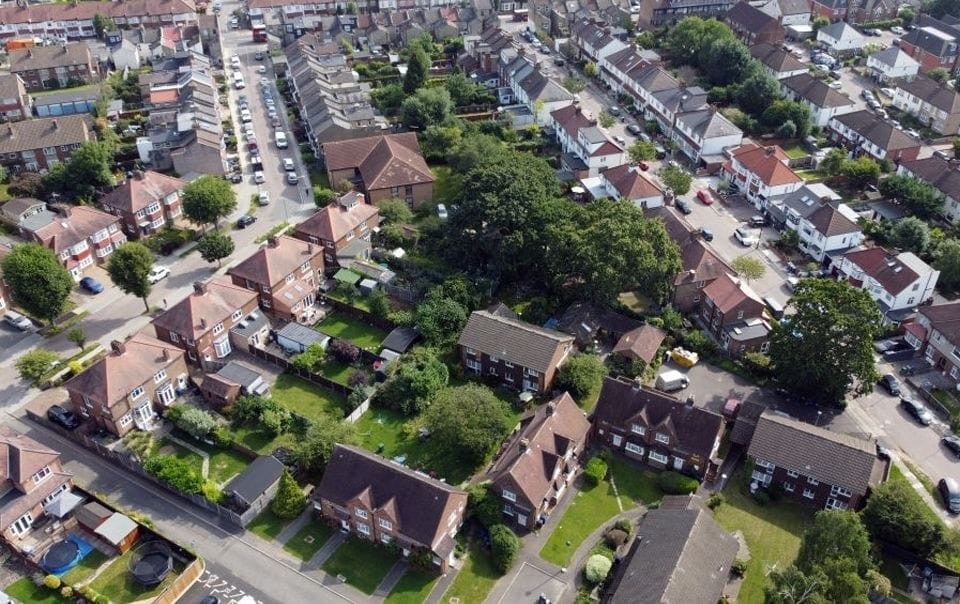
In 2021, the news came in that every development proposal in the UK – no matter how big or small, and no matter the state of the current plot – would soon have to demonstrate a measurable increase in the biodiversity fostered on site.
Fast forward a few years, and this future date has arrived.
As of 12 February 2024, ‘major’ developments need to provide a Biodiversity Net Gain (BNG) of 10% and the same rule was set for ‘minor’ developments in April 2024. The requirement is enforced by the 2021 Environment Act and means that before any development begins, applicants need to measure the existing and proposed biodiversity values of their site. They also need to set a clear plan for the proposed increase and have that plan approved by their local authority.
The legislation raises many questions for anyone even just thinking about embarking on a building project, let alone those whose proposals are more complex.
There’s a lot to think about when it comes to BNG and in this article, we’ll do our best to break it all down and explain what the policy might mean for you.
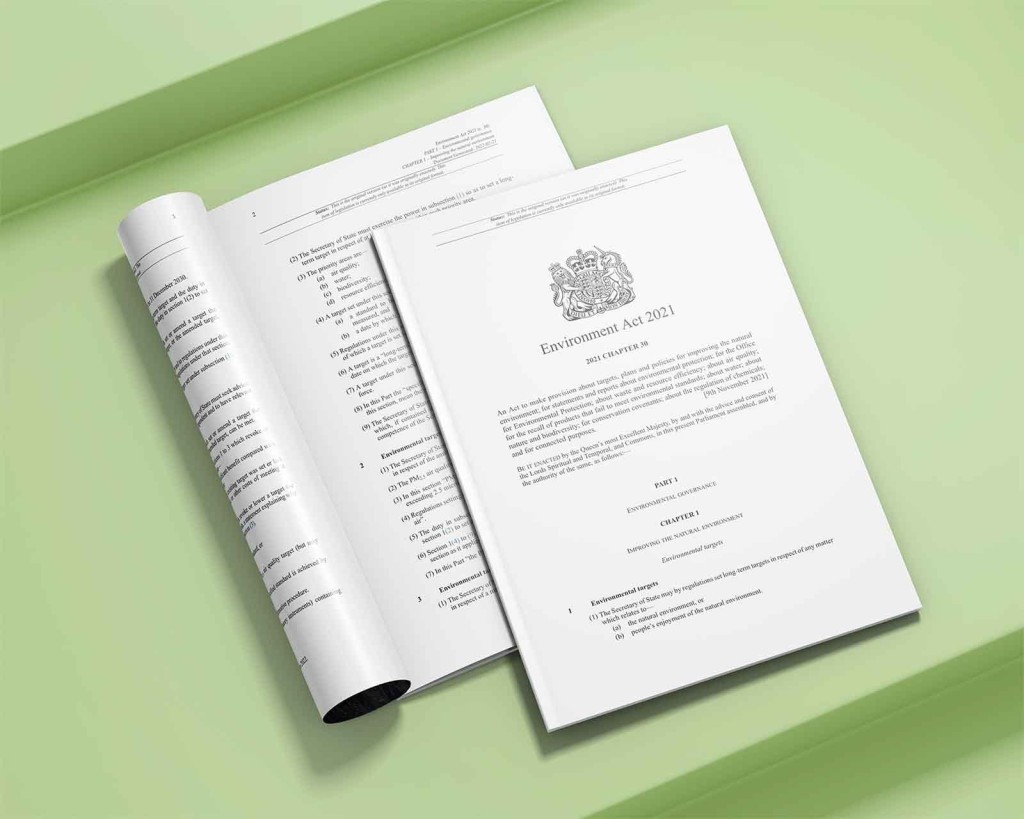
Biodiversity Net Gain (BNG) is a new, mandatory requirement for planning applications in England, designed to increase biodiversity on development projects. To embrace this significant change, developers need to understand the policy and legal framework governing Biodiversity Net Gain (BNG).
The Local Government Association defines biodiversity net gain as an approach to development or land management that aims to leave the natural environment in a better state than it was beforehand. In planning policy, an important element of Biodiversity Net Gain (BNG) is the fact that it is measurable.
As we’ve said, the 2021 Environment Act explicitly makes Biodiversity Net Gain (BNG) a condition of planning permission, requiring all developers to demonstrate how they will deliver a 10% improvement to the biodiversity value of any application site. We’ll look into the tool for assessing these values later on.
Since the announcement of Biodiversity Net Gain (BNG) in 2021, local planning authorities across the country began to acknowledge the importance of incorporating biodiversity requirements in their adopted and emerging local plans. By March 2023, 40% of councils had biodiversity net gain policies in their current or emerging local plans, a substantial rise from 28% the year before. Additionally, many councils introduced policies that go above and beyond the 10% requirement. In fact, 14 councils have introduced a Biodiversity Net Gain (BNG) of 20% on some or all new development projects.
Before we move on and unpack the details of biodiversity net gain, let’s clarify: what actually is biodiversity?
Biodiversity refers to the variety of living species on Earth, including plants, animals, bacteria, and fungi. Both natural and built habitats contribute to biodiversity, which makes human life possible and allows economic industries to function.
Public agencies like Natural England have long campaigned for more robust and consistent policies around Biodiversity Net Gain (BNG) to try and minimise the environmental damage development can do.
Given the dire state of biodiversity loss in the UK, the Biodiversity Net Gain (BNG) objective has been introduced to reverse this trend by making it a requirement for planning applications. This ensures that developments contribute positively to the environment.
Ultimately, there are many reasons behind this push. Most obvious is the looming threat of climate change, especially following the UK’s hosting of COP26 in Glasgow in 2021. But the specific political context that we’re in matters too.
As charities like ClientEarth have pointed out, the UK’s departure from the EU left gaps in our national legislation around environmental protection. The 2021 Environment Bill sought to address this by setting clear targets for air quality, biodiversity, water and waste management, and the reversal of species decline.
A major item on the Environment Bill’s agenda is a reduction target on concentrations of particulate matter (PM2.5), the most harmful pollutant to human health. Moreover, while unsafe levels of PM2.5 affect all of us, we know that there’s also an important social justice element to the conversation.
In 2020, a landmark court ruling by the London Inner South Coroner’s Court found air pollution to be the cause of death of nine-year-old Ella Roberta Adoo Kissi-Debrah, who lived in the London Borough of Lewisham. Throughout her life, particulate matter concentrations in Lewisham exceeded WHO guidelines, EU limits, and national levels.
Underlying health conditions made Kissi-Debrah more susceptible to the effects of toxins in the air, but her case also highlighted that air pollution levels tend to be more concentrated in less advantaged areas. Among other factors, this is caused by their geographic proximity to industrial activity and busy thoroughfares.
The ruling has since served as a clarion call for environmental justice advocates and organisations like Impact on Urban Health, whose work addresses the uneven impact of environmental health risks across London.
So, we know that Biodiversity Net Gain (BNG) and the logic behind it are important – especially when it comes to climate action, population health, and broader social wellbeing. The preservation of biodiversity accomplishes other goals on the environmental agenda by contributing to air quality standards and preventing species decline.
Although the development industry is often positioned at odds with the climate crisis, the planning system can and should play a critical role in solving it.
Alongside the provision of strong ecological protections through designations like Areas of Outstanding Natural Beauty and Areas of Special Scientific Interest, current planning policy encourages biodiversity improvements where possible on a local and national scale.
Natural England, therefore, stresses that the Biodiversity Net Gain (BNG) requirement can benefit developers too. If an effective Biodiversity Net Gain (BNG) plan is incorporated into a development proposal early on, the project will be less likely to receive objections on the grounds of nature conservation or ecological harm.
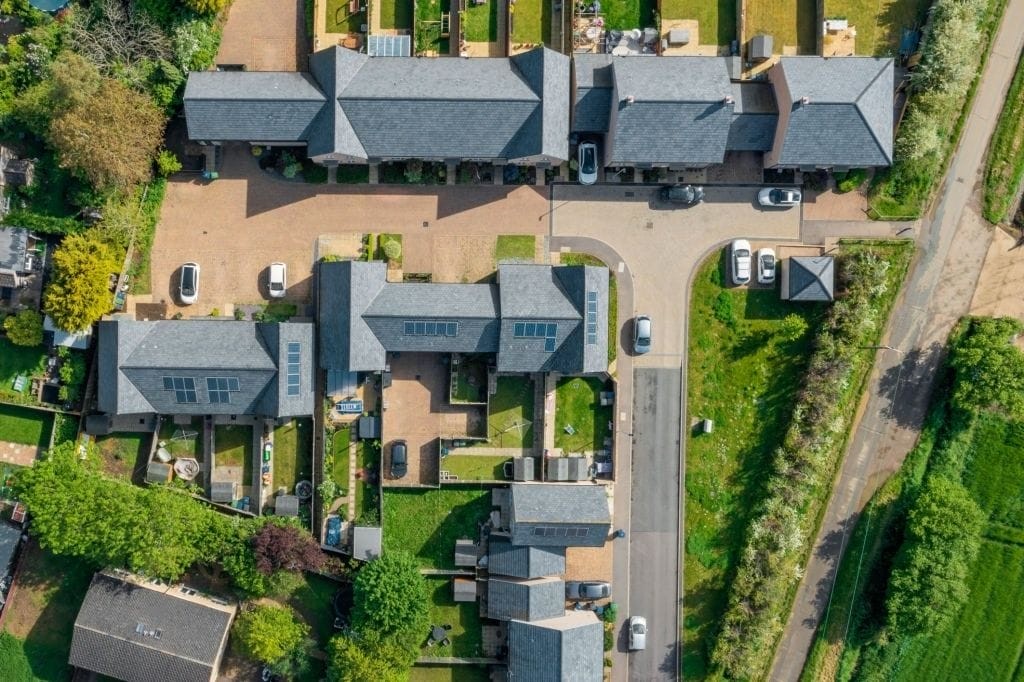
The Biodiversity Net Gain (BNG) requirement mandates that the biodiversity value post-development must exceed the pre-development value by at least 10%, and this gain must be sustained for at least 30 years. This legal requirement is usually secured through Section 106 agreements or conservation covenants.
There are three key ways a developer can achieve Biodiversity Net Gain (BNG) for their project, according to the government:
It’s also noted that developers are allowed to combine the three options above, but they are required to follow the steps in order. This order is referred to as the 'biodiversity gain hierarchy'.

The new general condition applies to all planning permissions granted in England – of course, with a few significant exceptions. We’ll get to those shortly.
But first, how does the condition actually operate?
Upon the granting of planning approval, the planning condition requires that a biodiversity gain plan be submitted – and approved – by the relevant local planning authority before any development can lawfully begin. Upon granting planning approval, the biodiversity gain plan, which assesses the value of natural habitats on-site before and after development and ensures at least a 10% net gain, must be submitted and approved by the relevant local planning authority before any development can lawfully begin.
We should note that you can resolve the requirement before the condition stage by including the net diversity plan in your planning application.
The act also makes clear that the biodiversity gain plan should address how adverse impacts on habitats have been minimised. After avoiding harm, biodiversity improvements can be delivered through habitat creation or enhancement.
Importantly, the Biodiversity Net Gain (BNG) requirement does not apply “when irreplaceable habitats are lost”. This includes environmental features like ancient woodland, limestone pavements, and coastal sand dunes to name just a few.
Essentially, an irreplaceable habitat is an environment that is extremely difficult to “restore, recreate or replace once destroyed” on account of its age, uniqueness, species diversity, and rarity. Planning permission in cases where these types of environments are destroyed will therefore only be granted in exceptional circumstances, and where a compensation strategy has been created.
Developers are required to ensure that on-site biodiversity gains are maintained for at least 30 years following development completion. However, specific mechanisms for council monitoring of this maintenance are still being clarified. At this point, it’s still unclear how the council will be monitoring that maintenance in practice.
As with the demands of transportation and fire safety requirements, we recommend appointing a specialist consultant to advise and craft your biodiversity gain plan, given the complex requirements around habitat quality as well as the 30-year maintenance timeline. The cost of this will vary depending on the size and intensity of the development site.
Your consultant will use the Department for Environment Food and Rural Affairs (DEFRA) biodiversity metric to calculate the relative biodiversity value of any habitat. Measured in terms of “biodiversity units,” the metric is a document made explicitly for this purpose, produced and published by the Secretary of State.
Guidance from DEFRA states that the creation/recreation of new habitats can contribute towards your necessary biodiversity net gain; however, this cannot constitute the entirety of the net gain. Rather, DEFRA recommends using habitat creation/recreation to offset development to gain biodiversity net zero and use other techniques to create gain.
As mentioned, there are a few ways to meet the requirement, not all of which need to be accomplished on-site. If the local planning authority agrees, developers can also pursue off-site compensation.
This might involve contributing to a biodiversity register or purchasing biodiversity credits. Where off-site repayment is approved, the DEFRA metric will be used to calculate how many “biodiversity units” a developer will need to pay for in order to offset their biodiversity loss.
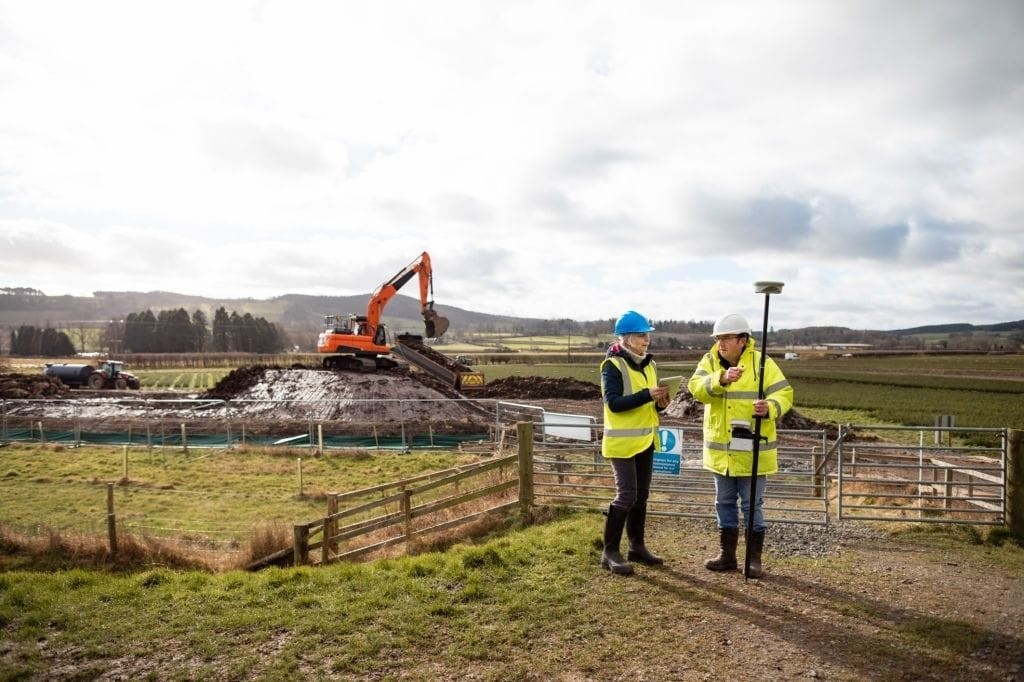
Years of government policy on biodiversity have set guidance for something called ‘habitat distinctiveness’, which refers to the richness, diversity, and rarity of species on site, along with the degree to which a habitat uniquely supports species – meaning that they are scarcely found in habitats of a different kind.
So, where habitat replacement is proposed as a means of delivering Biodiversity Net Gain (BNG), we can deduce that this replacement should be done with a habitat of higher distinctiveness. In Leeds, for example, replacement must be “like for like or a realistic increase of one step upwards.” This clarifies that a low-distinctiveness habitat can be replaced with a medium-distinctiveness habitat, but not with a high-distinctiveness habitat.
Furthermore, we should note that the provision of any new high-distinctiveness habitat will only be acceptable if the land is transferred to a specialist nature conservation body, or if long-term management will be delivered by an accredited ecologist. Promoting high distinctiveness should therefore not always be the goal, as the work required is not appropriate for most project scales.
So, in a nutshell, best practices for achieving BNG include protecting mature trees and nesting sites, planting native species, creating ponds and wetlands, and installing bat boxes and bird feeders. Additionally, developers should reduce the use of pesticides and let some areas grow wild to enhance biodiversity.
But, for all development proposals, regardless of the site’s size or distinctiveness level, the input of an ecology consultant should be encouraged at the RIBA Stage 3 and RIBA Stage 4.. The consultant’s feedback will help applicants demonstrate that consideration has been made of all possible high-quality biodiversity enhancements on-site.
And where the 10% net gain cannot be achieved on-site, it should be noted that, if the proposed design is developed alongside the input of an ecology consultant, there is even a chance that the expectation for off-site contributions could be lowered.
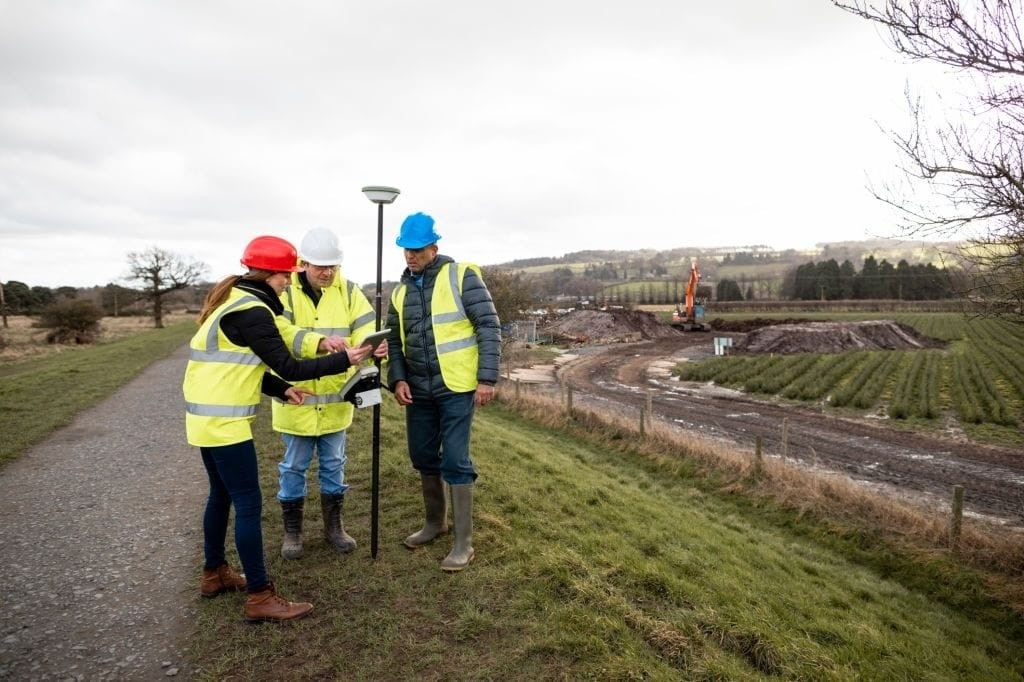
Developers can also support biodiversity by working off-site. This can involve donating land for conservation, purchasing biodiversity credits, or volunteering for habitat restoration projects. Educating the local community about the importance of biodiversity and encouraging their involvement in conservation efforts is another valuable approach.
The policy outlines what can be counted towards “registered offside biodiversity gain,” which refers to Biodiversity Net Gain (BNG) that is achieved on land other than the development site. Whether developers make an agreement with a third party to accomplish this or decide to facilitate this themselves, the gain can be counted toward the 10% requirement as long as it is recorded on the biodiversity gains site register.
Natural England is developing a publicly available site register that will include information about any site being used to deliver Biodiversity Net Gain (BNG). It aims to identify site ownership, linking these sites to the individual development whose Biodiversity Net Gain (BNG) requirements they are helping to meet.
In doing so, the register seeks to minimise the risk of applicants ‘gaming’ the Biodiversity Net Gain (BNG) system, ensuring that the same parcel of land is not claimed as the means for delivering Biodiversity Net Gain (BNG) by multiple proposals.
And conversely, when it comes to biodiversity credits, here’s what we know. In order to prove that they are a compelling way to address biodiversity loss, developers must be able to show that the ‘mitigation hierarchy’ (NPPF Paragraph 175) has been adhered to and that they are still incapable of addressing biodiversity loss on-site or through a local contribution.
A specialist consultant can advise on the best strategy for meeting the requirement, given the nature of nearby sites along with the local authority’s priorities.
The price of credits (which is to be reviewed every six months) is extremely high - an effort to make it clear that these credits should be used as a last resort only. To achieve one biodiversity unit, you’ll need to buy two credits. This means for a habitat of ‘medium’ distinctiveness, you would need to pay £84,000. Not exactly a cheap option!
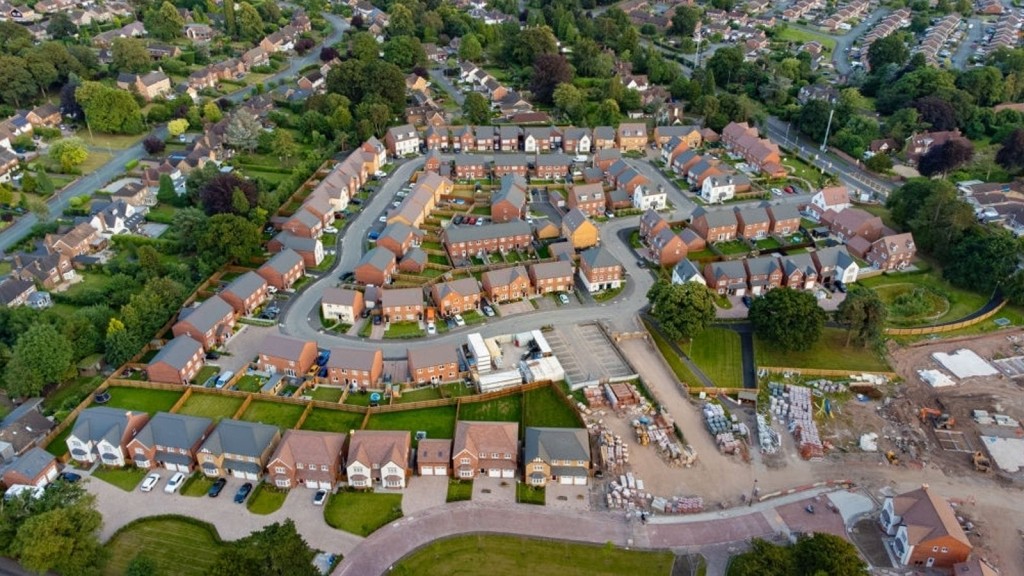
It’s important to note that the following cases are exempt from the Biodiversity Net Gain (BNG) requirement, according to the Government's website:
Developers should remain updated on any changes to Biodiversity Net Gain (BNG) exemptions as the regulations can evolve. Regularly reviewing government announcements and consulting with planning authorities can help ensure compliance and avoid unexpected hurdles during the planning process.
To the confusion of many, it took until February 2023 and the response to a consultation on how the net gain should work for the government to confirm that householder applications would be exempt from the requirement. It always seemed like the most logical outcome, but for some reason, it was not established from the start.
However, the government has also made clear that with some of these exceptions – such as householder and self-build applications – it still wants to see improvements in biodiversity, usually imposed through planning conditions.
For smaller sites, it could be that local authorities could accept a lower net gain requirement if the development does not cause habitat loss. The integration of green infrastructure, for example, or bat and bird nesting features, could instead be encouraged.
More broadly, we will be keen to discover how the legislation actually achieves the goals that it sets out. If most action ends up being offsite, could we end up with the same troubles as carbon offsetting presents, like the mass planting of the wrong trees in the wrong places?

We are a multidisciplinary team of architects, planners, and project managers and among us, we have decades of industry experience.
We know how to navigate the nuances of planning policy and are skilled in delivering designs that meet LPA requirements while exceeding the expectations of our clients.
We’d love to learn more about your project, so if you’re thinking of getting in touch, pick up the phone today!

Nicole I. Guler BA(Hons), MSc, MRTPI is a chartered town planner and director who leads our planning team. She specialises in complex projects — from listed buildings to urban sites and Green Belt plots — and has a strong track record of success at planning appeals.
We look forward to learning how we can help you. Simply fill in the form below and someone on our team will respond to you at the earliest opportunity.
The latest news, updates and expert views for ambitious, high-achieving and purpose-driven homeowners and property entrepreneurs.
The latest news, updates and expert views for ambitious, high-achieving and purpose-driven homeowners and property entrepreneurs.

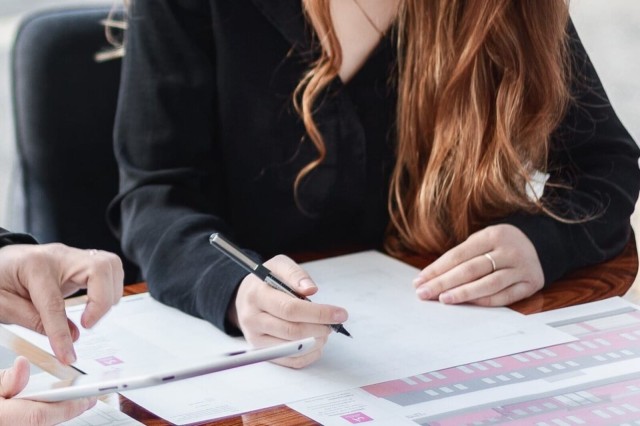
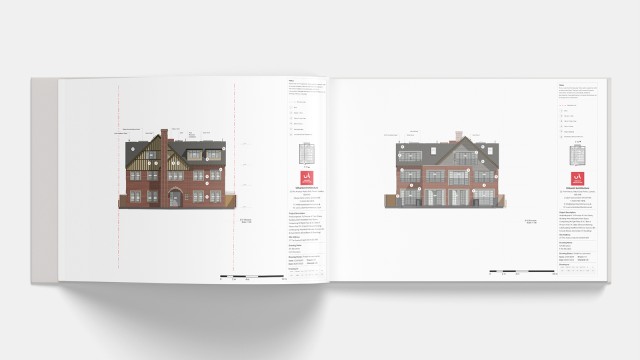
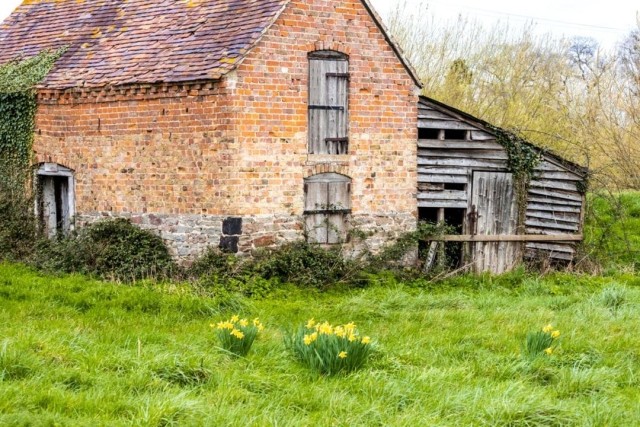



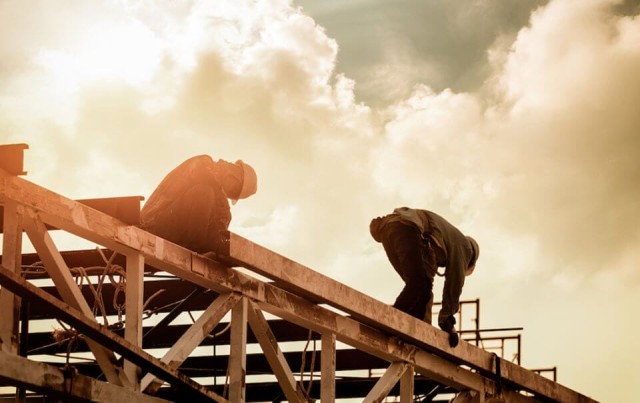


We specialise in crafting creative design and planning strategies to unlock the hidden potential of developments, secure planning permission and deliver imaginative projects on tricky sites
Write us a message